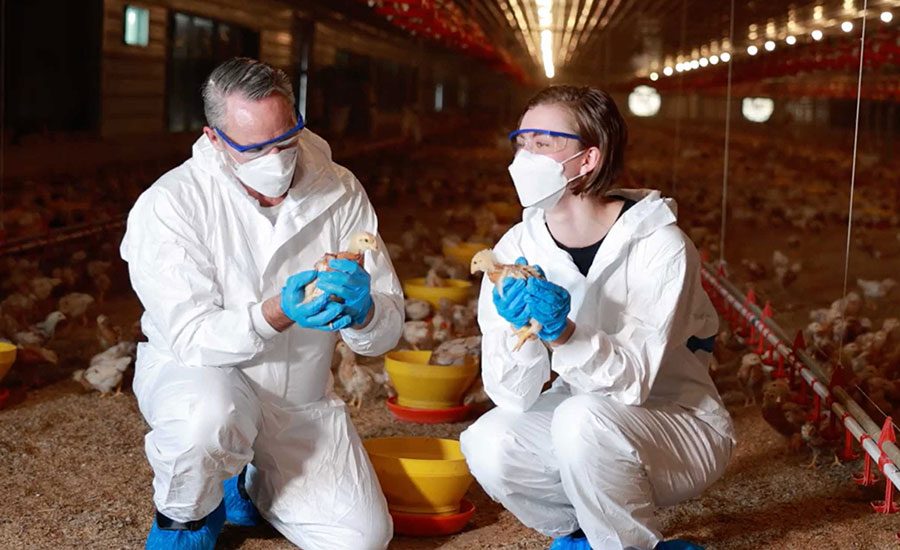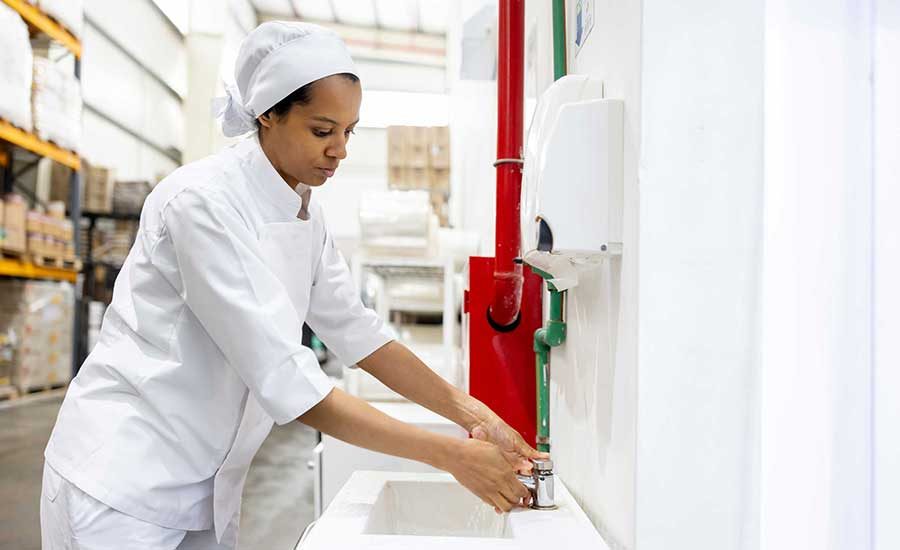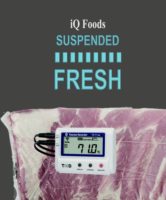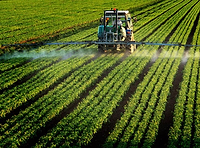Crop protection plays an integral role in boosting food production to meet the needs of a growing world population. Crop protection tools control pests and diseases that reduce yields and damage food quality. Without them, it is estimated that the global production of fruit, vegetables, pastures, and fibers would decrease by up to 45 percent, increasing the world’s food bill considerably.[1] The crop protection industry is one of the most highly regulated in the world. New products must be thoroughly tested—including quantification of compounds, such as carcinogenic nitrosamines—in order to demonstrate they are within acceptable limits deemed by international agencies. Accurate testing must be done rapidly to accelerate the process from field to market.
Innovating in a Highly Regulated Industry
Development of a new crop protection product (herbicide, fungicide, insecticide, or seed treatment) involves several steps: discovery and formulation of the product; trials and field development; toxicology; environmental impacts; and final registration. New product registration requires demonstration of safety for all aspects of the environment, the workers, the crops that are being protected, and the food that is consumed. This involves comprehensive risk assessments being carried out that are based on data from numerous safety studies, and an understanding of Good Agricultural Practices.
A significant amount of time and money is therefore invested into the registration of a crop protection product. The chance of a discovery compound passing all safety and efficacy tests on route to market is estimated to be 1 or 2 in 100,000, taking on average 8–10 years and costing around $260 million before commercial launch.[2]
Food Security Case Study: Syngenta
Syngenta, headquartered in Basel, Switzerland, provides products and solutions that help farmers sustainably achieve global food security for a growing population. Senior analytical chemist at Syngenta, Dr. Kirt Durand, is responsible for quantifying nitrosamines in technical material for use in pesticides, herbicides, and other crop protection products. Nitrosamines are formed by reaction of secondary or tertiary amines with a nitrosating agent. Research suggests that nitrosamines can be carcinogenic, hence the need for rigorous testing.
Syngenta is required to verify the absence of nitrosamines or quantitate the amount of nitrosamines (ppm levels) in their active ingredients, showing they are within set guidelines and regulations. For every new compound that has the potential to contain nitrosamines, Dr. Durand and his team develop methods to ensure the levels are acceptably low.
However, until recently, detection technology for this requirement had not advanced from the early 1980s. The previous analytical system had several drawbacks, not least of which was the time it took to test, restricting productivity and time-to-market. It was imperative for the business to find a better solution.
Increased Sensitivity and Selectivity
After several years of research and development, the result is a custom liquid chromatography-thermal energy analyzer system, designed to meet Syngenta’s needs and solve the complex challenges of food testing. The system enables high selectivity for nitro and nitroso groups, in addition to nitrogen (when operating in nitrogen mode), which allows only the compounds of interest to be seen. Additionally, it provides very high sensitivity (< 2 pg N/s signal to noise 3:1), meaning it is able to detect compounds of interest at extremely low levels. The customized system also uses a different interface with a furnace, rather than the standard pyrolyser, to allow for the additional energy required and larger diameter tubing for working with a liquid sample rather than gas.
The new system enables Syngenta to run 5–6 times more samples with increased automation. As a direct result, Syngenta has seen significant productivity gains, reduced maintenance costs, and more accurate results. Accurate and rapid detection is fundamental in the crop protection industry, enabling stringent safety standards to be met and maximizing food security.
The Future of Crop Protection
One of the main goals of the European Crop Protection Association is to encourage sustainable farming through the responsible use of crop protection technologies, which are integral to food security. Crop protection product manufacturers play a vital role in the food chain to safely feed the world in a sustainable manner.
Utilizing cutting-edge technology will enable companies such as Syngenta to promote the highest agricultural and food safety standards, as well as to increase productivity. To achieve these goals, collaboration with leading analytical instrumentation vendors will make a significant contribution to global food security and lead to innovative crop protection solutions.
Andrew James is marketing director at Ellutia. Andrew has worked at Ellutia for over 20 years and has been in charge of the company’s marketing for the last 8 years.
1. www.croplifela.org/en/crop-protection/agrochemicals.
2: www.syngenta.com/~/media/Files/S/Syngenta/our-industry-syngenta.pdf.






